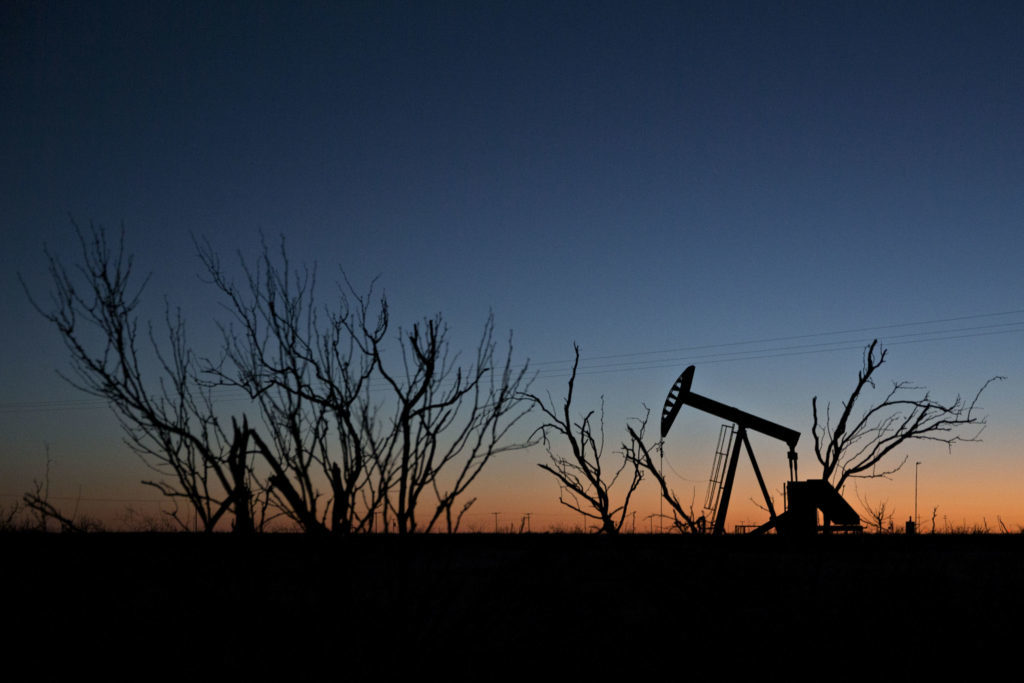
The nation’s two largest oil companies said Tuesday they plan to significantly hike their activity in West Texas’ Permian Basin and dominate the region, spending even more money while others cut back.
Both Exxon Mobil and Chevron said they will each churn out close to 1 million barrels of oil equivalent a day just from the Permian by 2024. That’s nearly triple Chevron’s current output and about quadruple what Exxon Mobil is pumping out. Both already rank near the top of Permian producers.
The two Big Oil giants are advantaged because of their scale with large acreage positions, greater access to pipelines and guaranteed sales to their own refineries along the Texas Gulf Coast.
“We’re increasingly confident about our Permian growth strategy due to our unique development plans,” said Neil Chapman, Exxon Mobil senior vice president. “We will leverage our large, contiguous acreage position, our improved understanding of the resource and the full range of Exxon Mobil’s capabilities in executing major projects.”
Exxon said it plans to achieve 1 million barrels a day in the Permian as soon as 2024 – way up from a 2025 projection of 600,000 barrels just a year ago. Chevron said it aims to hit 600,000 barrels daily by the end of 2020 and get to 900,000 barrels by 2023.
That would, for instance, represent almost one-third of Chevron’s current global output.
Chevron’s unique position in the Permian is “characterized by long-held acreage, zero-to-low royalty on more than 80 percent of our land position, and minimal drilling commitments,” said Jay Johnson, Chevron’s upstream executive vice president.
Exxon is currently producing less than 300,000 barrels from the Permian, while Chevron is nearly at 350,000 barrels a day.
Lower oil prices since last fall have caused most independent oil and gas companies to cut back on their spending, although most Permian players still project production hikes. Overall, the Permian is currently churning out about 4 million barrels of oil a day, roughly one-third of the nation’s record-high output.
Exxon, for instance, said its Permian output can still prove profitable with oil prices at $35 a barrel. Most companies struggle to turn a profit with oil below $50. The U.S. benchmark is currently trading near $57 per barrel.
Chevron said it will hike its 2019 capital spending by 9 percent up to $20 billion and go as high as $22 billion through 2023. That represents continued growth, but at a modest pace.
In January, Chevron agreed to buy the Pasadena oil refinery near Houston from Brazil’s Petrobras to help it process more crude coming from the Permian and the Gulf of Mexico.
Likewise, Exxon Mobil recently announced an ambitious expansion of its Beaumont refinery to make it one of the two largest refineries in the country.
As the Permian’s most active driller currently, Exxon Mobil said it has a whopping 48 drilling rigs operating just in the Permian with plans to expand that rig count to 55 rigs by the end of 2019.
This article first appeared on the Houston Chronicle – an Energy Voice content partner. For more from the Houston Chronicle click here.
Recommended for you
